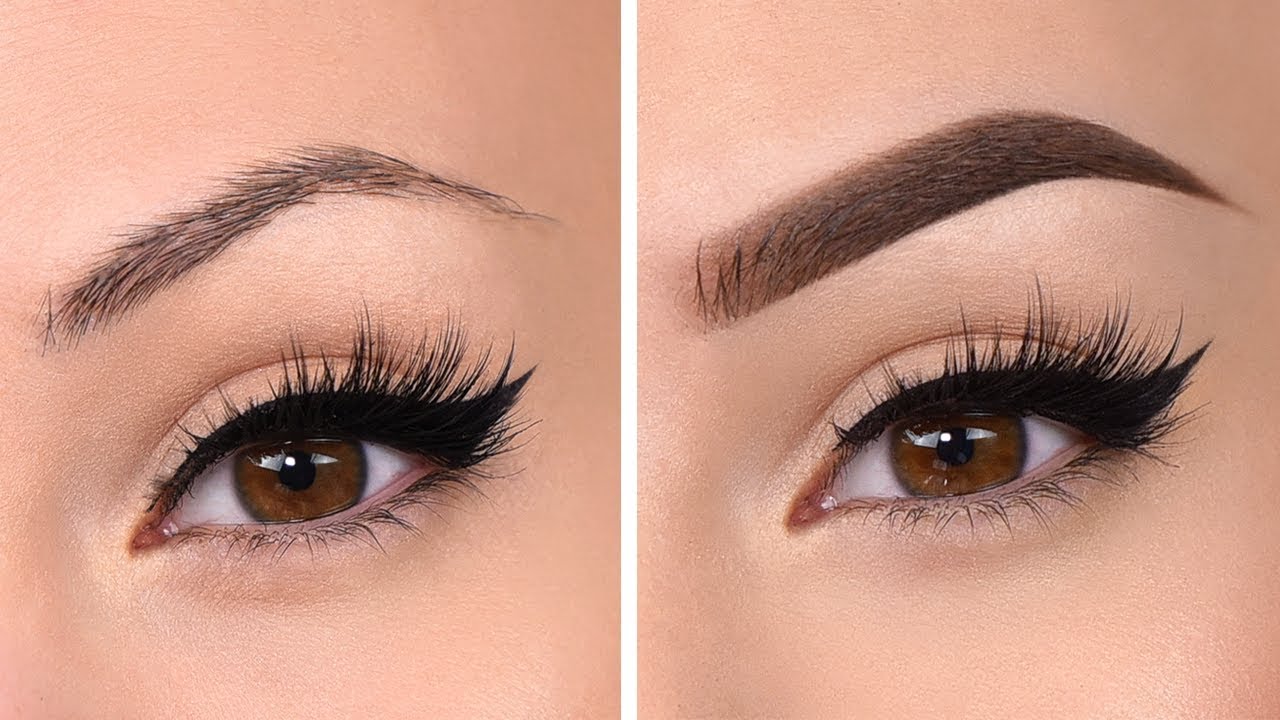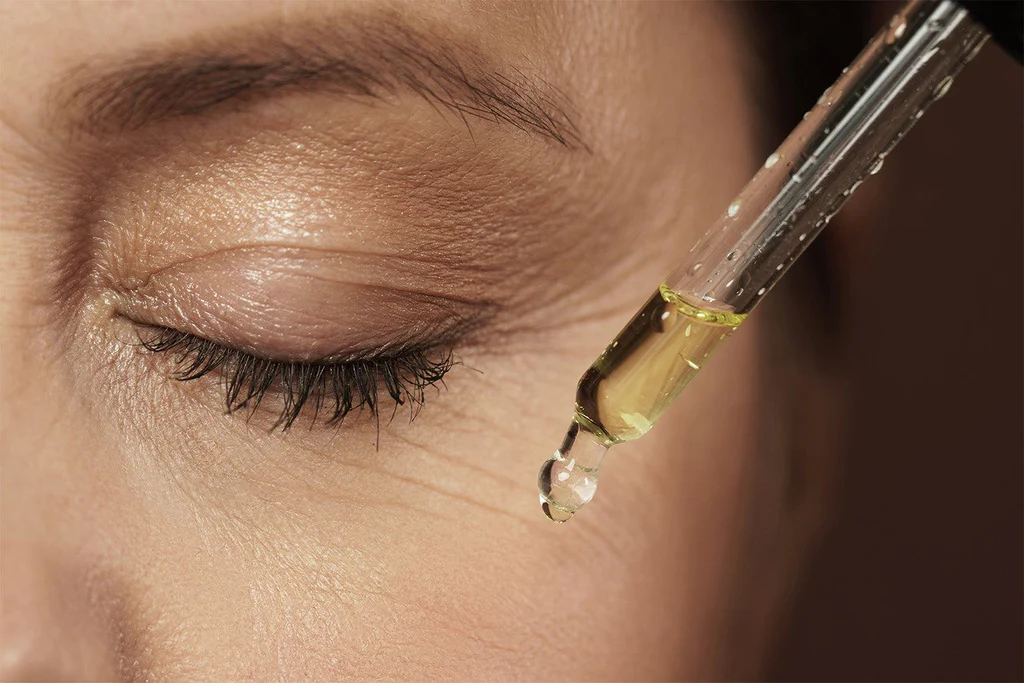Eyelashes are not just for enhancing your beauty. They also play an important role in protecting your eyes from dust, debris, and infections. But what if you notice that your eyelashes are falling out more than usual? Is it normal or a sign of something more serious?
In this blog post, we will answer some of the most common questions about eyelash loss, such as:
- What causes eyelash loss?
- How much eyelash loss is normal?
- How can you prevent or treat eyelash loss?
- When should you see a doctor for eyelash loss?
What Causes Eyelash Loss?
There are many possible reasons why your eyelashes are falling out. Some of the most common ones are:
- Improper makeup removal. If you wear mascara, eyeliner, or false eyelashes, you need to remove them gently and thoroughly every night. Leaving makeup on your eyelashes can cause them to dry out, break, or fall out. Using harsh or expired products, rubbing your eyes too hard, or using heated or non-heated eyelash curlers can also damage your eyelashes and speed up their shedding.
- Blepharitis. This is a condition that causes inflammation and irritation of the eyelids, especially near the base of the eyelashes. It can be caused by bacterial or fungal infections, clogged oil glands, allergies, or other factors. Blepharitis can make your eyelashes fall out, grow abnormally, or stick together. It can also cause symptoms such as itching, burning, redness, swelling, crustiness, or dryness of the eyes.
- Trichotillomania. This is a psychological disorder that makes you pull out your own hair, including your eyelashes, eyebrows, or scalp hair. It is often triggered by stress, anxiety, depression, or other emotional issues. Trichotillomania can lead to noticeable bald patches, infections, or scarring on your eyelids or other areas.
- Skin cancer. Although rare, some types of skin cancer can affect your eyelids and cause your eyelashes to fall out. The most common type of skin cancer that affects the eyelids is basal cell carcinoma, which usually appears as a painless, shiny, or pearly bump or growth. Other types of skin cancer that can affect the eyelids include squamous cell carcinoma and melanoma, which can appear as scaly, crusty, or pigmented lesions or ulcers.
- Systemic diseases. Some diseases that affect your whole body can also cause your eyelashes to fall out. For example, thyroid disorders, which affect your hormone levels, can cause hair loss all over your body, including your eyelashes. Other diseases that can cause eyelash loss include alopecia areata, which is an autoimmune disorder that attacks your hair follicles, and lupus, which is an inflammatory disease that affects your skin, joints, and organs.
How Much Eyelash Loss Is Normal?
It is normal to lose one to five eyelashes per day, as part of the natural growth cycle of your eyelashes. Your eyelashes grow in three phases:
- Anagen phase. This is the active growth phase, which lasts for about 30 to 45 days. During this phase, your eyelashes grow longer and thicker, and new eyelashes replace the old ones that have fallen out.
- Catagen phase. This is the transition phase, which lasts for about 15 to 20 days. During this phase, your eyelashes stop growing and the hair follicles shrink and detach from the blood supply.
- Telogen phase. This is the resting phase, which lasts for about 100 days. During this phase, your eyelashes remain in the hair follicles until they are pushed out by the new eyelashes that enter the anagen phase.
The average lifespan of an eyelash is about four to six months, after which it falls out and is replaced by a new one. However, if you notice that your eyelashes are falling out more rapidly or in clumps, or that your eyelashes are thinner, shorter, or sparser than before, you may have a problem with eyelash loss.
How Can You Prevent or Treat Eyelash Loss?
Depending on the cause of your eyelash loss, there are different ways to prevent or treat it. Some of the general tips to keep your eyelashes healthy and prevent eyelash loss are:
- Remove your makeup properly. Use a gentle, oil-based cleanser or micellar water to dissolve and remove your eye makeup, especially mascara, eyeliner, and false eyelashes. Avoid rubbing or tugging your eyelashes, and rinse your eyes with water to remove any residue. Pat your eyelids dry with a soft towel, and apply a moisturizing eye cream or serum to hydrate and nourish your eyelids and eyelashes.
- Avoid using harsh or expired products. Check the expiration dates of your eye makeup products, and discard them if they are past their shelf life. Expired products can harbor bacteria, fungi, or other contaminants that can cause infections or irritations on your eyelids and eyelashes. Also, avoid using products that contain harsh chemicals, fragrances, or preservatives that can dry out, damage, or irritate your eyelashes. Opt for hypoallergenic, natural, or organic products that are gentle and safe for your eyes.
- Use an eyelash growth serum. If you want to enhance the growth, thickness, and length of your eyelashes, you can try using an eyelash growth serum. These are products that contain ingredients such as peptides, biotin, vitamins, or plant extracts that stimulate the hair follicles and nourish the eyelashes. You can apply an eyelash growth serum once or twice a day, usually at night, along the base of your eyelashes, like an eyeliner. Some of the popular eyelash growth serums include LashFood Phyto-Medic Eyelash Enhancer, GrandeLASH-MD Lash Enhancing Serum, and RevitaLash Advanced Eyelash Conditioner.
- Seek professional help. If your eyelash loss is caused by a medical condition, such as blepharitis, trichotillomania, skin cancer, or a systemic disease, you should consult a doctor for diagnosis and treatment. Depending on the cause and severity of your eyelash loss, your doctor may prescribe medications, such as antibiotics, antifungals, anti-inflammatories, or hormone therapy, to treat the underlying condition and restore your eyelash growth. In some cases, you may also need surgery, such as eyelid reconstruction or skin grafting, to remove the cancerous or damaged tissue and restore the appearance and function of your eyelids and eyelashes.
When Should You See a Doctor for Eyelash Loss?
While some eyelash loss is normal and harmless, you should see a doctor if you experience any of the following signs or symptoms:
- You lose more than five eyelashes per day, or you notice bald patches or gaps in your lash line.
- You have other symptoms, such as itching, burning, redness, swelling, pain, or discharge in your eyes or eyelids.
- You have changes in your vision, such as blurriness, sensitivity to light, or loss of peripheral vision.
- You have signs of infection, such as fever, chills, or swollen lymph nodes.
- You have signs of skin cancer, such as a new or changing growth, lesion, or ulcer on your eyelid or near your eyelashes.
- You have signs of a systemic disease, such as weight loss, fatigue, mood swings, or hair loss on other parts of your body.
- You have a history of eyelash loss or a family history of eyelash loss or related conditions.
- You have tried home remedies or over-the-counter products for eyelash loss, but they do not work or cause side effects.
Your doctor can examine your eyes and eyelids, perform tests, and diagnose the cause of your eyelash loss. They can also recommend the best treatment options for your condition and help you prevent further eyelash loss or complications.
Conclusion
Eyelash loss can be a normal, natural process, or a sign of a serious problem. By knowing the common causes, symptoms, and treatments of eyelash loss, you can take care of your eyelashes and keep them healthy and beautiful. If you have any concerns or questions about your eyelash loss, do not hesitate to see a doctor for professional advice and assistance.

 By
Your Beauty Plug
By
Your Beauty Plug




